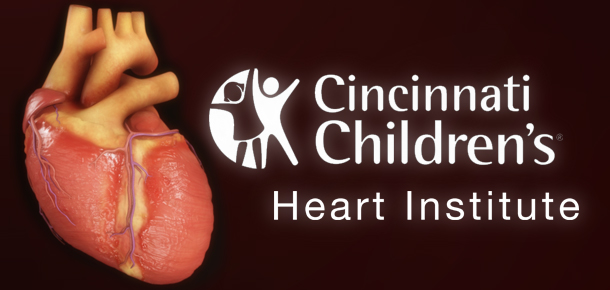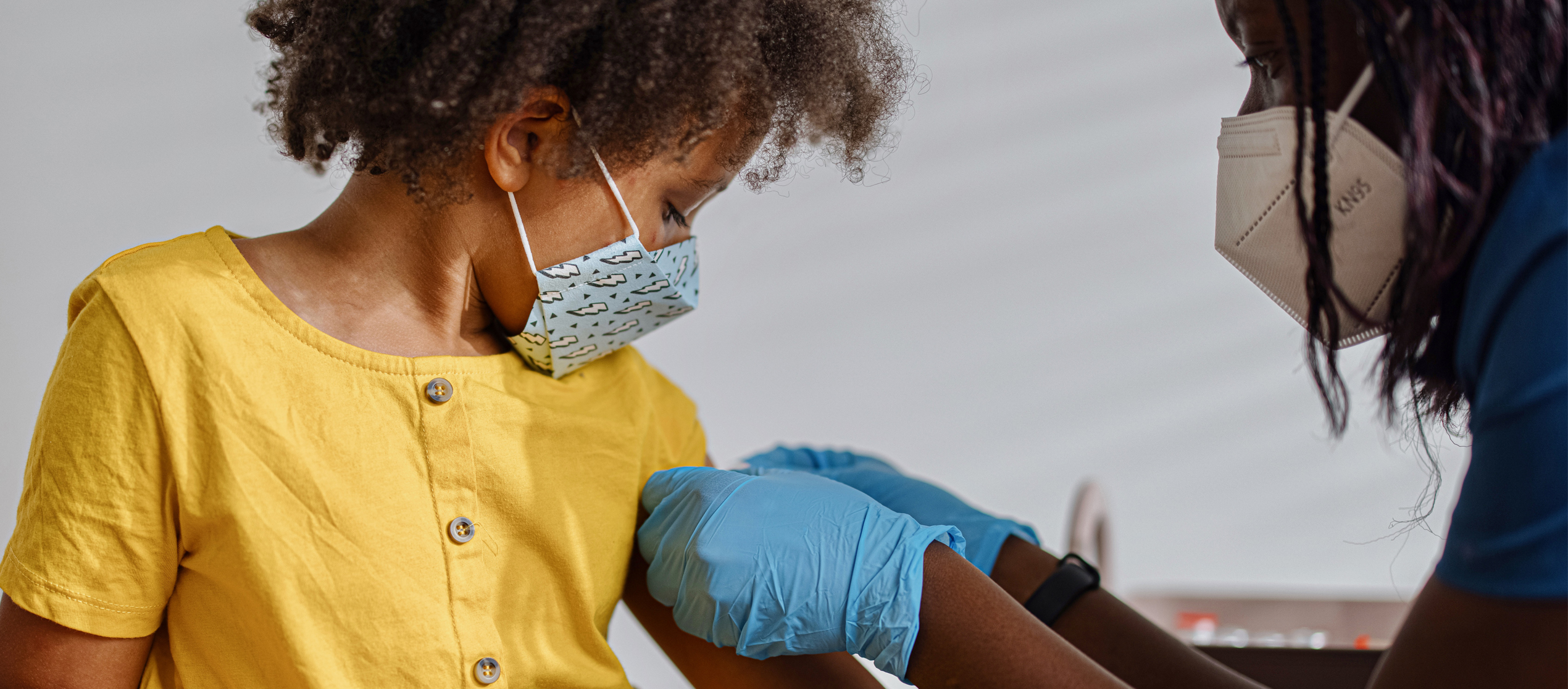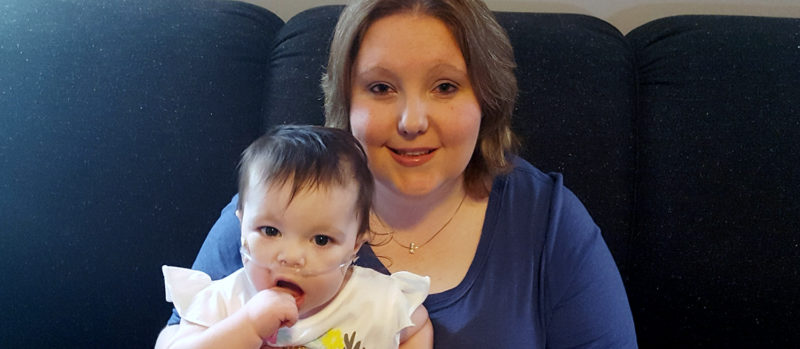If you’re a parent of a child with a congenital heart defect (CHD), explaining your child’s condition to your friends and family members can be challenging.
That’s why our Heart Institute created nine animated videos to help illustrate the defects. These videos are technical in nature, but are designed to show in a very detailed way the structural abnormalities of the heart.
You can watch all nine of the anatomically accurate animations below. And if you’re interested in learning more about each condition, click on the title of the defect, which will take you to the condition’s Heart Encyclopedia page.
Total Anomalous Pulmonary Venous Return
Hypoplastic Left Heart Syndrome
Interrupted Aortic Arch — Ventricular Septic Defect (VSD)
Transposition of the Great Arteries (TGA)
Atrioventricular Septal Defect (AV Canal)
Editor’s note: The congenital heart defect and surgical animations were created by the Heart Institute Team (Drs. Ryan Moore, Mike Taylor and David Morales) in collaboration with the Critical Care Media Lab (Jeff Cimprich, Ren Wilkey, and Dr. Ken Tegtmeyer).






Would have loved to see a video of Left Ventricular Non Compression.